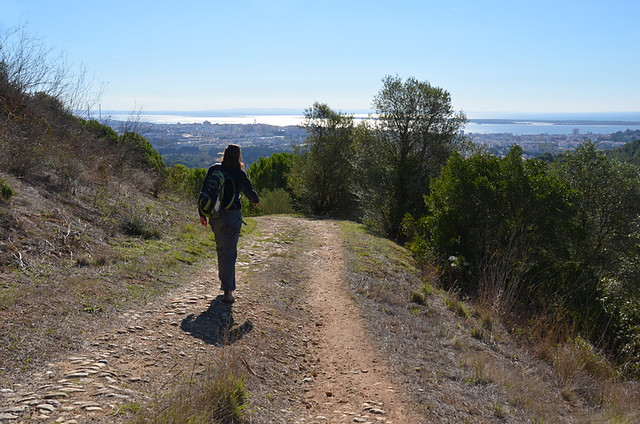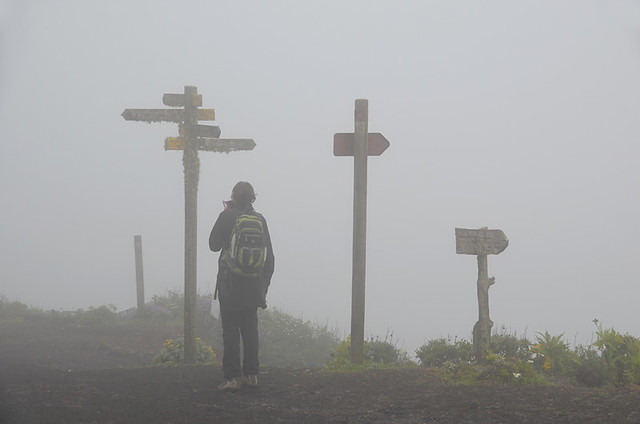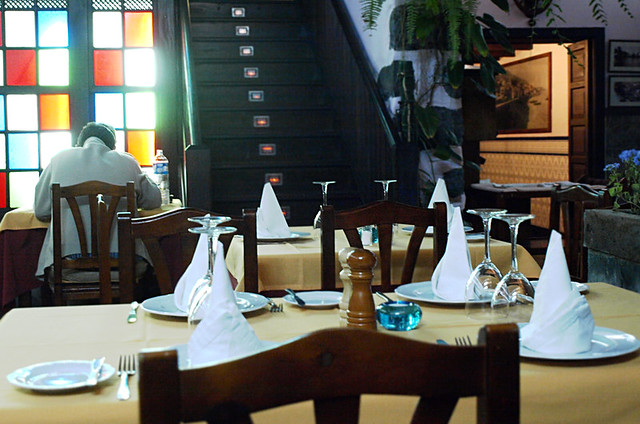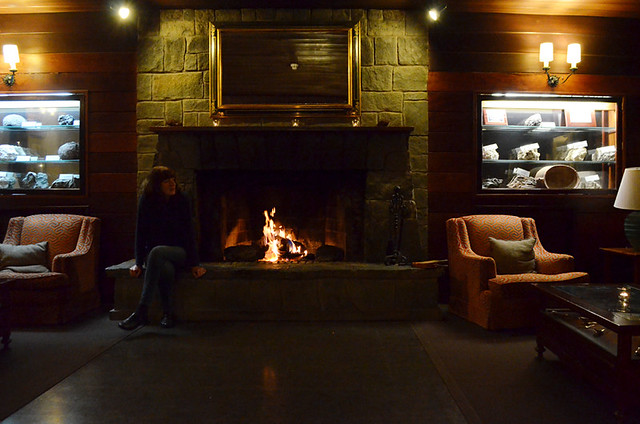“Could you chill the red wine slightly?” I asked the waiter.
“Red wine shouldn’t be chilled,” he replied, slightly haughtily. “It should be served at room temperature.”
“But room the room temperature is 30C,” I countered, adding. “I’m pretty sure if you look at the bottle it’ll recommend it’s served at somewhere between 14 and 17C.”
It’s long been one of those ‘givens’ people roll out about red wine, forgetting when the whole ‘serve at room temperature’ advice was first dished out there was no such thing as central heating. Central heating was a game-changer. That red wine should be slightly chilled isn’t an opinion… well it is, but it’s an informed one. If the people who produce the wine say it’s best at 17C then that’s good enough for me. Chill that baby.

In Britain, and other countries, people have become so used to central heating they don’t consider how it impacts on a number of areas, especially where travel is involved.
The Canary Islands are known for year-round sunshine and warm weather. It’s no false claim. The islands are warm all year and are significantly warmer at night than further north into Europe.

As I write this I’m in southern Portugal where currently (November) the morning starts a fresh 10C. In our previous base, Puerto de la Cruz, it’s 21C. By midday the temperatures will have aligned more, although Tenerife will be a few degrees warmer at this time of year. Outside the sun is shining and it’s noticeably warmer than inside. To keep warm I’m wearing a fleece and lined trousers because we don’t have central heating. We didn’t in the Canary Islands either.
When I used to tell friends that on Tenerife we lit a fire every year at night during January and February they’d be surprised, especially when I told them it was 14C.
“That’s warm, it’s -2C here,” was the reply I’d usually get.

But it’s not -2C inside their centrally heated homes and that makes a huge difference, especially in a destination where central heating is virtually non-existent.
Sometimes, especially in rural areas in the hills, restaurants are positively parky at night during winter months in the Canary Islands. We’ve dined in our coats in January because the doors remained wide open even though a chill wind might be blowing through a place. In El Hierro early this year we huddled in a corner in a tasca because the locals sat around an open door that invited the draught in. They sat close to the open door so arms holding cigarettes could be outside the restaurant whilst the rest of their bodies were mostly inside, thereby technically not breaking any smoking law.

But we know about draughty restaurants in the hills and dress accordingly. Some visitors who turn up expecting a warm winter climate even at night away from coastal areas aren’t so well prepared.
One time on La Gomera we stopped at a bar near the Juego de Bolas Visitor Centre in Garajonay. There was no door and cool, damp bruma (low cloud) swirled into the bar to sit on the stools at the counter beside us. Our quartet of northern Europeans shivered our way through cold beer, which suddenly didn’t seem such a good idea, whilst the locals behaved as though it was positively balmy.

The coolest experiences can be in rural hotels. Some are geared up for cold weather with well insulated rooms and roaring fires creating a roasty toasty environment. Others employ a more local philosophy – if it’s cold, you put on more clothes. We’ve read loads of complaints about rural hotels being chilly at night, on some islands more than others. For example some of La Gomera’s rural hotels seem to expect guests to be hardy, whereas rural hotels on neighbouring Tenerife tend to be far cosier.
For people used to a heating system where you can swan around in a tee-shirt in midwinter, the cool winter nights in the Canary Islands, short-lived though they are, can come as a goosebump-raising shock.
It’s ironic that people who live in a subtropical climate are more comfortable with their relatively cool nights than visitors who come from countries with far, far colder climates.
Jack is co-editor, writer and photographer for BuzzTrips and the Real Tenerife series of travel websites as well as a contributor to online travel sites and travel magazines. Follow Jack on Google+




Be the first to comment